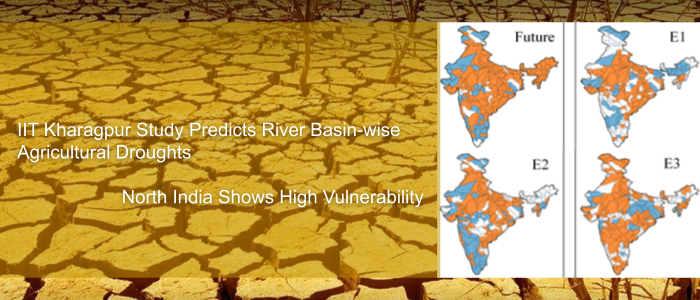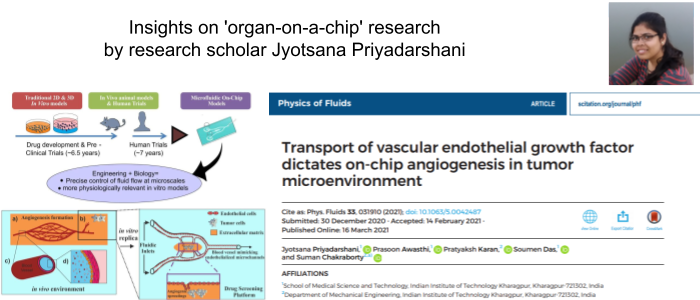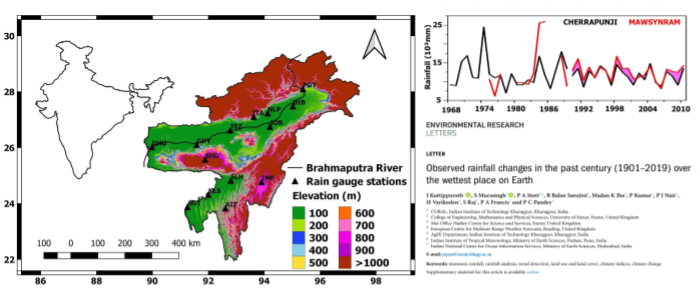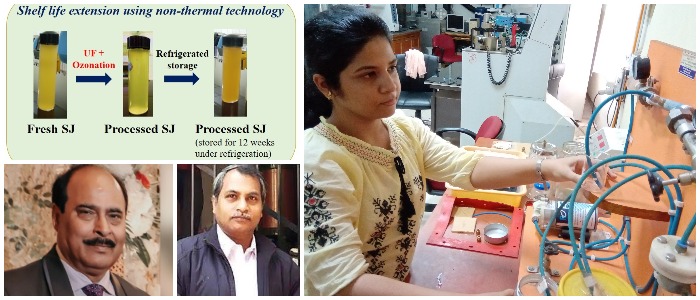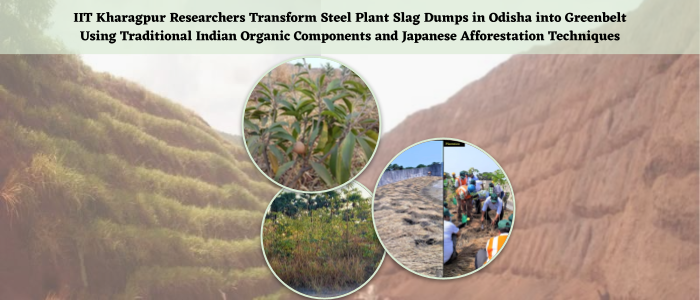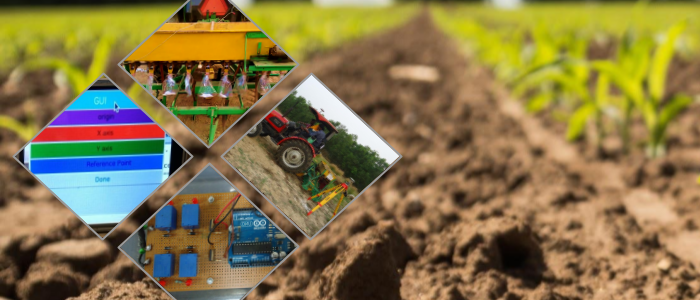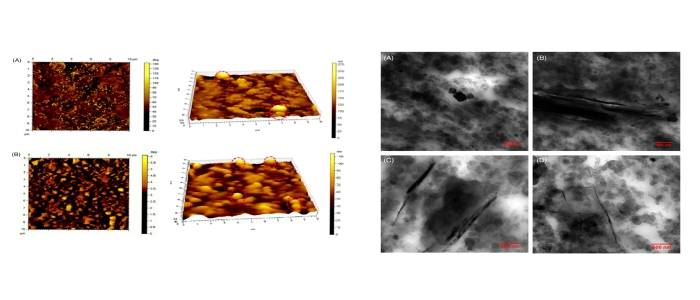
The Beauty of Graphene nanoplatelets improving Tyre Performance properties
A recent study has investigated the effect of nanofillers on air impermeability properties of Brominated isobutylene-isoprene rubber (BIIR)/ Epoxidized natural rubber (ENR) blend for automotive applications. A team of researchers led by Prof Kinsuk Naskar from Rubber Technology Centre at IIT Kharagpur along with his student, Ms. Aswathy T R and the collaborator, Mr. Sujith Nair, the vice president of R&D, CEAT Tyre Limited have developed rubber nanocomposites by blending BIIR with ENR 25 and ENR 50 (25% and 50% epoxidation) at the optimized weight proportion, and thereafter different levels of carbon black have been replaced by graphene nanoparticles (GNP).…

